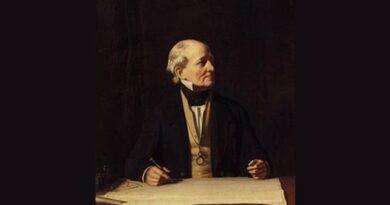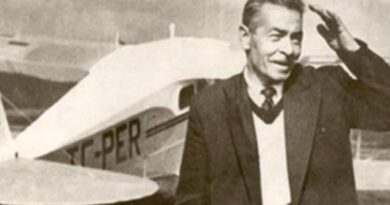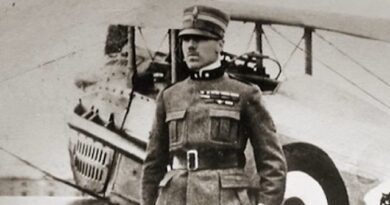Sir George Cayley – First Successful Glider to Carry a Human Being
(George Cayley, born December 27th, 1773, Scarborough, Yorkshire – death 15th of December 1857, Scarborough, England)
Sir George Cayley – British aviator and inventor.
Sir George Cayley was one of the pioneers of aerodynamics and aviation. He was widely regarded as “The Father of Aeronautics”. He developed the first human-carrying glider.
In 1773 George Cayley was born in Scarborough near the family estate in Brampton and he received a privileged education by tutors that included Fellows of the Royal Society, who undoubtedly inspired scientific interests which included flight. By 1799 Cayley’s first new aeronautical concept was engraved on a silver medal. On one side was a flying configuration that abandoned the flapping wings of previous attempts and obtained a lift from air passing over afixed-wing. On the other side of the medal, he made the simple but fruitful separation of the force on the wing into a vertical component(lift) and a horizontal component(drag).
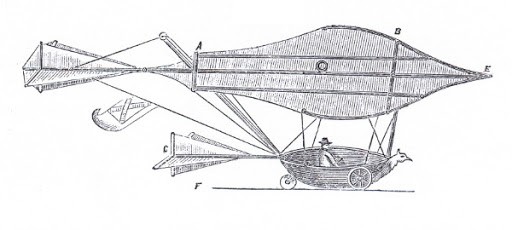
He also foresaw the need for stability and navigational devices at the back of the flying machine and correctly analyzed that the power to weight ratio of available propulsion methods limited what could be achieved in the 19th century. He then converted these concepts into practical realization, for example in his early 1804 glider. His analysis paved the way for systematic scientific measurement of both lift and drag using a whirling arm, a precursor of the wind tunnel: he demonstrated the dependence of lift on wing area, speed, shape, and orientation and showed howto drag could be minimized by streamlined trout like shapes. By 1810 Cayley had consolidated his work in a series of papers in Nicholson’s Journal of Natural Philosophy, Chemistry and the Arts and gradually moved his interest to other applications of applied science.
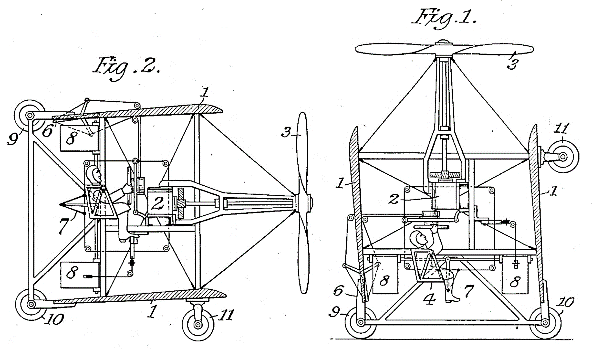
source: Research Gate
Cayley, who founded the Regent Street Polytechnic School in London in 1839, developed a crawler tractor along with many inventions. He also researched soil reclamation, scientific education, and railway equipment.
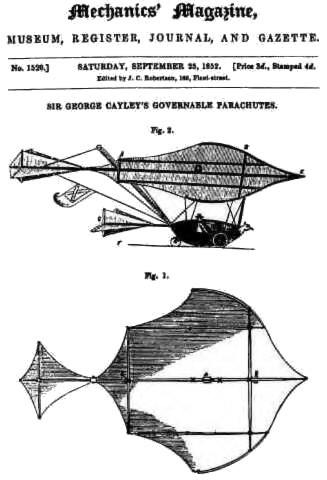
Source: Yorkshire Philosophical Society, britannica
For more aviators click.
